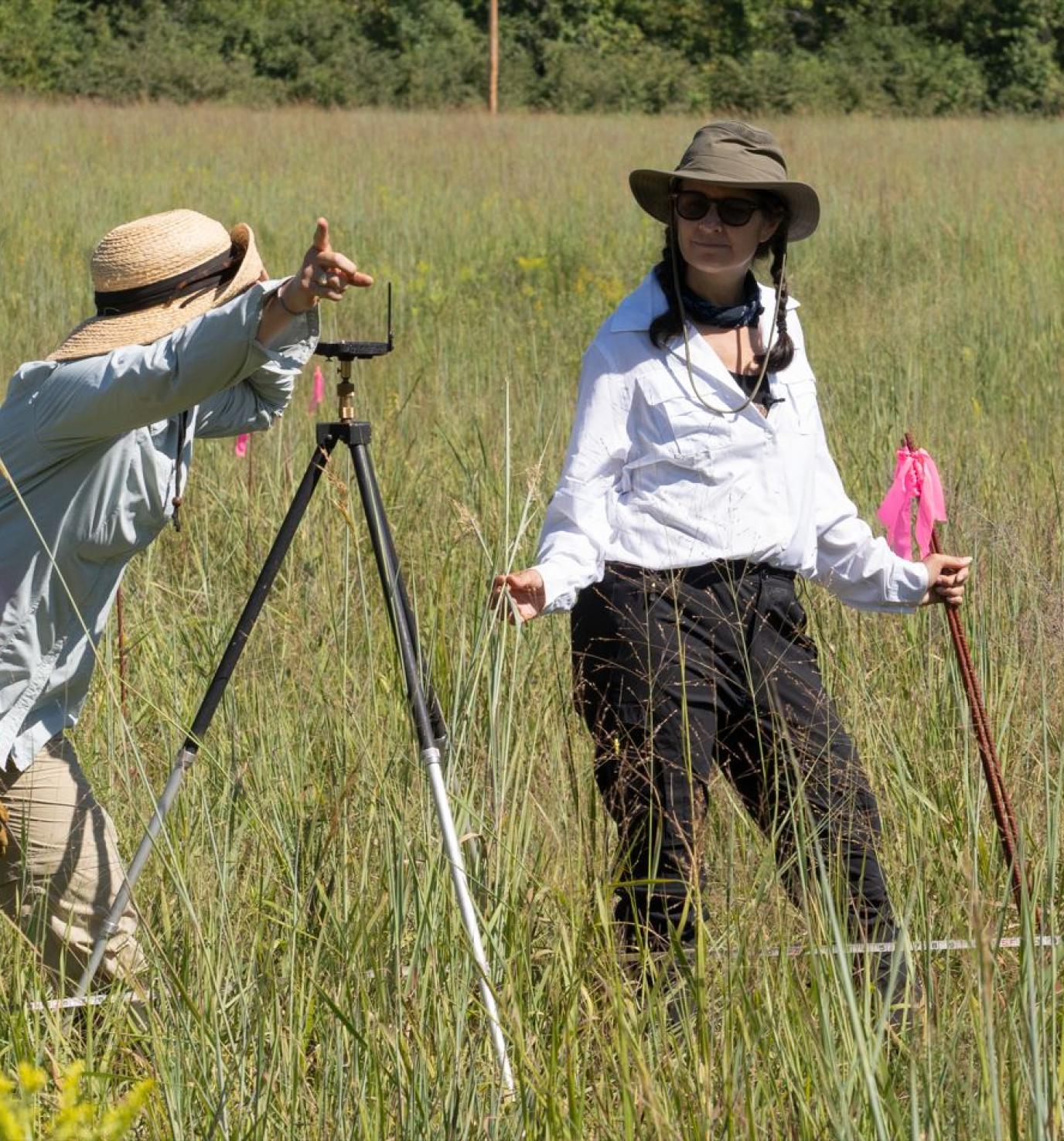
Environment and Ecology
Ecology studies the interactions between the natural environment and humans. Just as human actions change the environment, the environment shapes human culture. ARI’s inquiries focusing on the environment and ecology use interdisciplinary methods to better understand, examine, and challenge traditional conceptions of people and place.
Future Ancestor
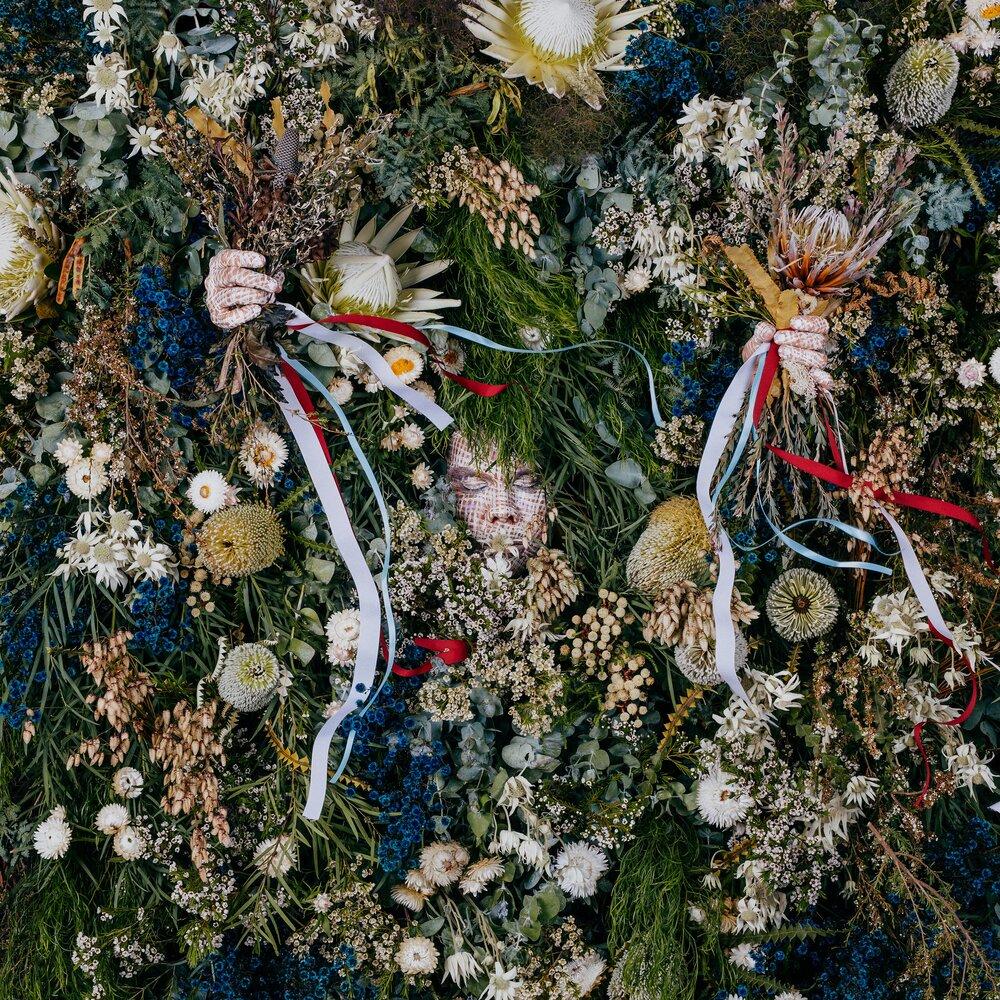
Christian Thompson, Good Country, 2021, Courtesy of the artist
2026
This exhibition presents two photographs and one three-channel video by artist Christian Thompson that explore a non-linear interpretation of time. Thompson’s photographs are from his ongoing Flower Wall series and alternately reference creation myths and colonization. The video activates the artist’s traditional language, Badjiri, which is considered an “extinct” Aboriginal Australian language.
Reading the World
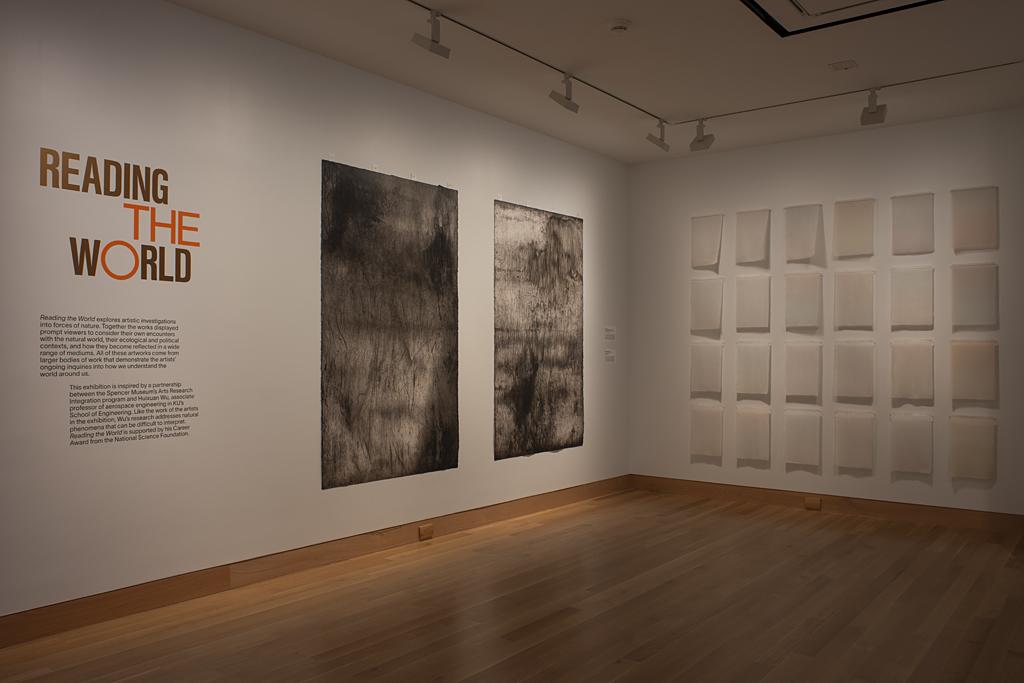
2023
Reading the World explored artistic investigations into forces of nature. The featured artworks prompted viewers to consider their own encounters with the natural world and demonstrated the artists’ ongoing inquiries into how we understand the world around us. The exhibition was inspired by a partnership with mechanical engineer Huixuan Wu, whose research addresses natural phenomena that can be difficult to interpret. Wu’s National Science Foundation CAREER Award funded the exhibition.
here-ing
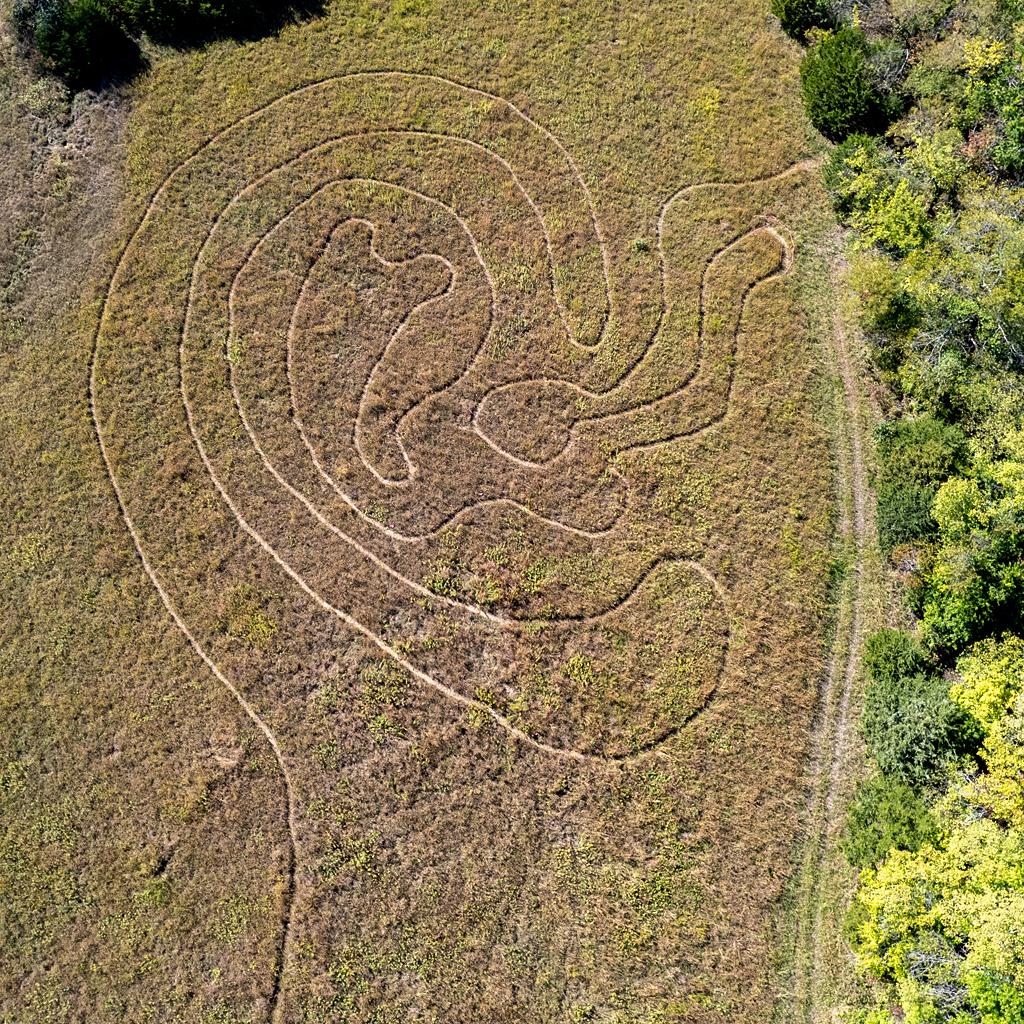
2021–present
here-ing is a walking labyrinth at the KU Field Station shaped like the anatomy of the human ear and created by artist Janine Antoni. The Spencer Museum commissioned Antoni to create a public artwork at the University of Kansas. The resulting project is a partnership that includes the Spencer Museum, the Kansas Biological Survey and Center for Ecological Research, and KU’s School of Architecture.
Key people
- Melinda M. Adams, professor
- Janine Antoni, artist
- Sheena Parsons, KU Field Station
- Karl Ramberg, artist
- Keith Van de Reit, professor
Selected publications and media
- KC Studio, "A Walking Labyrinth in Lawrence"
- here-ing by Janine Antoni | Trailer (YouTube)
Andrew Yang, knowledges

Andrew S. Yang, Reading the Landscape (Ancient Ocean Testament: Castle Rock, Kanseas), 2019
2019
Artist Andrew S. Yang works across the sciences, art, and history to examine humans’ relationships with nature and culture. For the exhibition knowledges, Yang created installations using books, objects from collections across the University of Kansas, and other materials to explore the Earth as a living system.
Selected publications and media
- Kansas Alumni magazine, "The Art of Science (and Vice Versa)"
- Kansas Public Radio, "New Exhibit at KU's Spencer Museum Focuses on Knowledge"
- knowledges | Artist-in-residence spotlight: Andrew S. Yang (YouTube)
Big Botany: Conversations with the Plant World
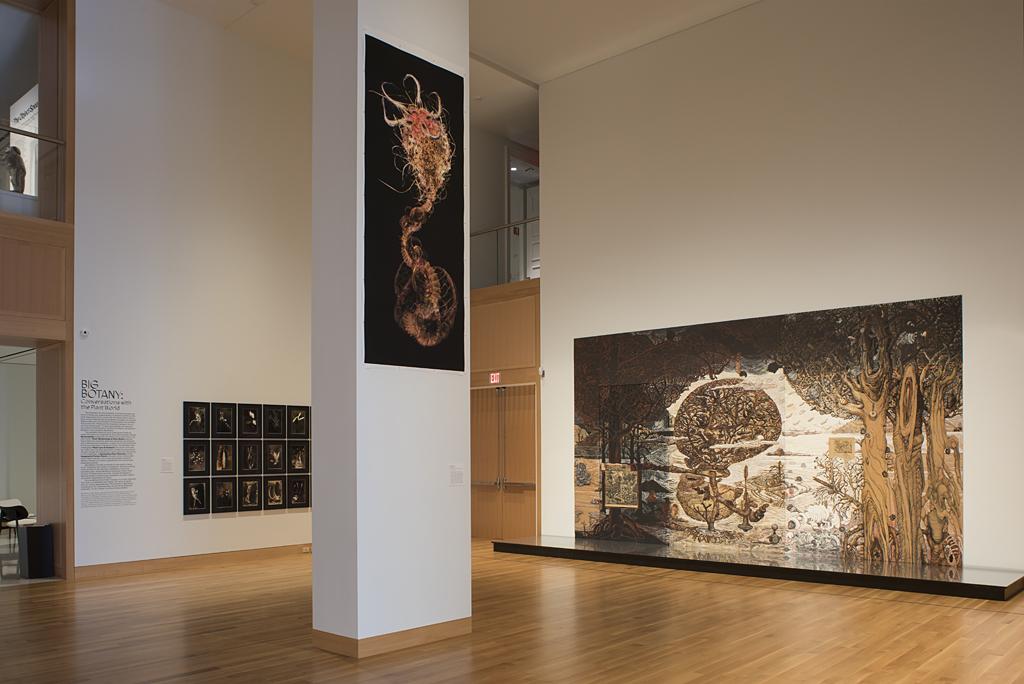
2018
This exhibition explored humankind’s deep connections and fascination with the plant kingdom. Big Botany was organized through several themes: artists’ studies of plant forms, historic and contemporary plant lore, art dealing with ecological sustainability and biomechanical plant hybrids, plants in a post-human world, and scientific research on how plants sense the world and communicate.
Selected publications and media
- Washington Post, "If you haven’t talked to a plant in a while, here’s your opportunity"
- Hyperallergic, "Unearthing Centuries of Interdependence Between Humans and Plants"
- KC Studio, "A Plea for the Planet"
Terra Anima
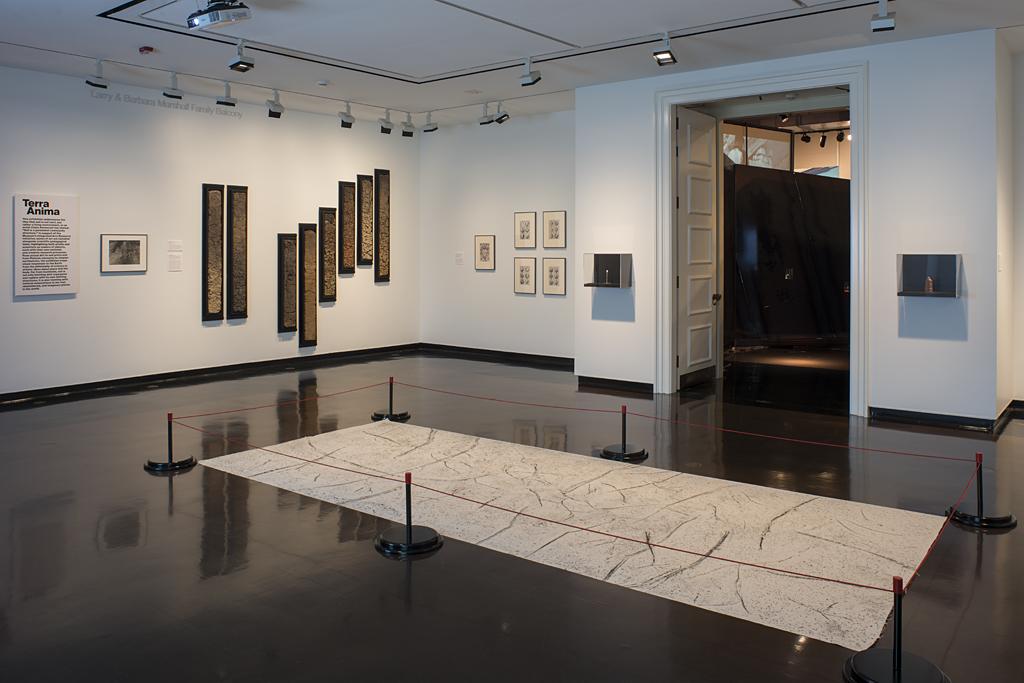
2017
Terra Anima facilitated dialogues about soil and land ecologies. The inquiry involved conversations among geographers, anthropologists, and artists who explored and formulated connections among their various ways of experiencing the same subject matter. An accompanying exhibition highlighted the idea that soil is not inert, but rather a living environment.
Key people
- Stephen Hasiotis, professor
- Bryce Heesacker, professor
- Daniel Hirmas, professor
- Jay T. Johnson, professor
- Soren Larsen, professor
- Claire Pentecost, artist